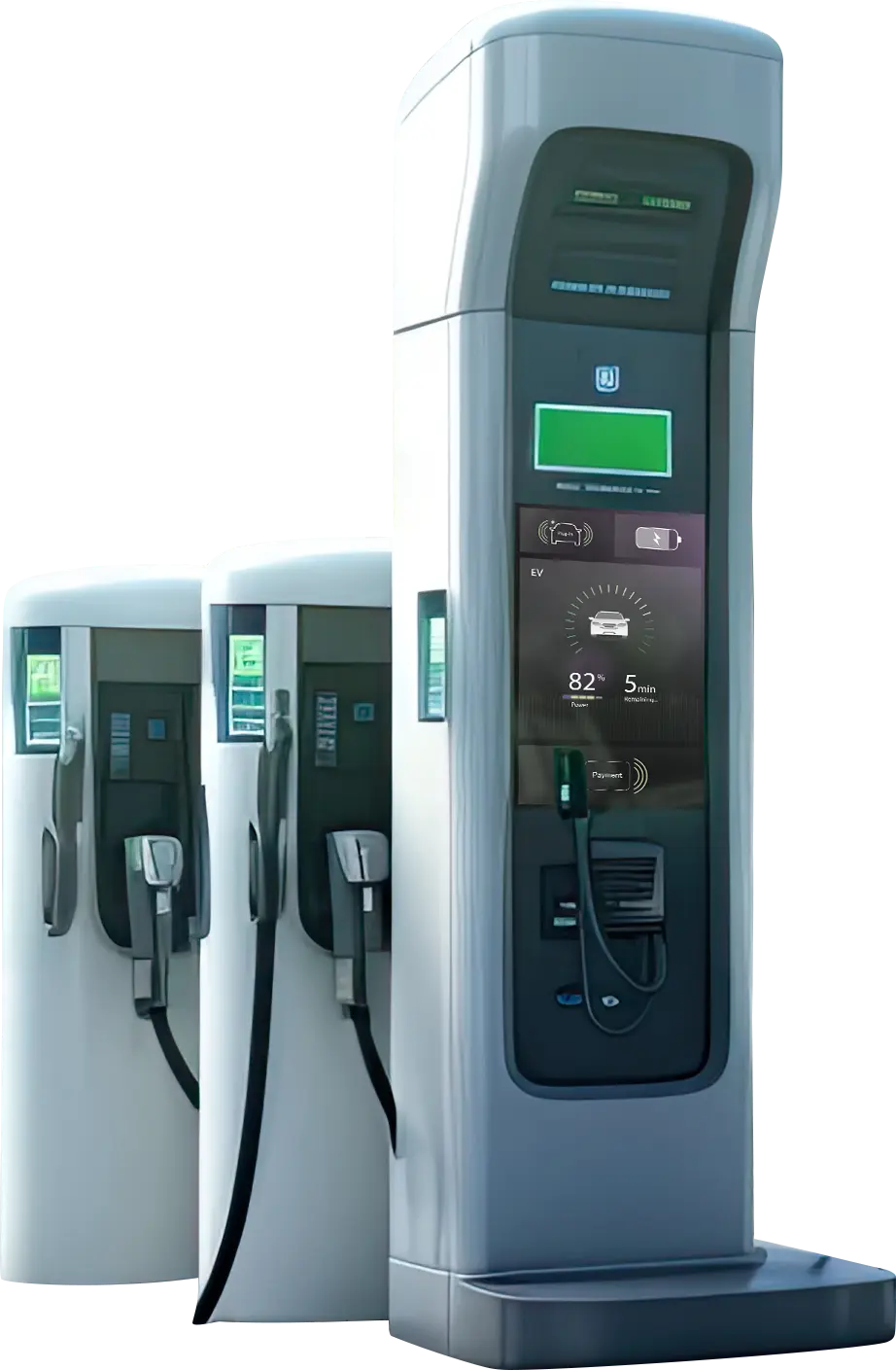
This following table provides an in-depth look into the three primary types of EV chargers: Level 1, Level 2, and Level 3-DC Fast Charging. Each level is uniquely suited to different settings and needs, ranging from home charging to public and high-traffic areas.
| Type | Level 1 | Level 2 | Level 3-DC Fast Charging |
|---|---|---|---|
| Commonly Found In | Home | Home, Public & Workplace | Public & High Traffic Corridors |
| Plug Type | NEMA 5-15 | J1772, Tesla | CCS, Tesla |
| Range of Miles per Hour Charged | 5 | 15-50 | 180-240 |
| Percentage of Availability in Public | <1% | 79% | 20% |
| Speed of Charge | Slow | Medium | Fast |
| Public Availability | N/A | High | Limited |
| Cost to Install | $ | $$$ | $$$$$ |
| Utility Load Demands | Low | Medium | High |
| Primary Advantage(s) | Convenience & minimal to no cost or installation requirements | 5x charging speed to Level 1 | Highest speed of charge |
| Primary Disadvantage(s) | Speed of Charge | Cost and installation requirements of specialty equipment | Highest cost and installation requirements of specialty equipment and utility demands |
The following chart categorizes available (EV) chargers incentives in New Jersey, New York, Connecticut, and Pennsylvania. Most federal funding is being run through state programs, so the best direct path to benefitting from available incentives is through the state itself or the utility companies.
| Federal | State | Utility | |
|---|---|---|---|
| NJ | Limited | Yes | Yes |
| NY | Limited | Yes | Yes |
| CT | Limited | Yes | Yes |
| PA | Limited | Yes | Yes |
Navigating the world of electric vehicle (EV) charging stations can be complex. To assist businesses in planning their installations, it’s crucial to understand the common terms used in this field. Here’s a breakdown:

This site is protected by reCAPTCHA and the Google Privacy Policy and Terms of Service apply.